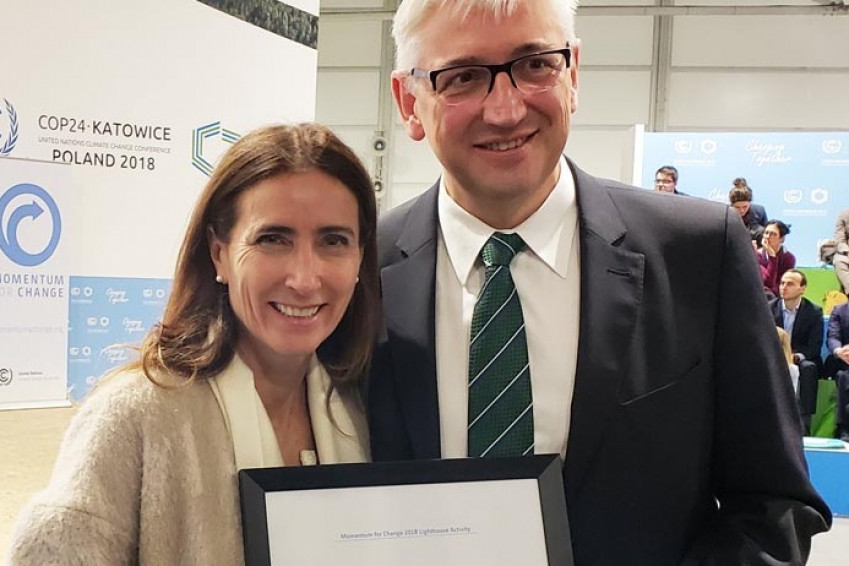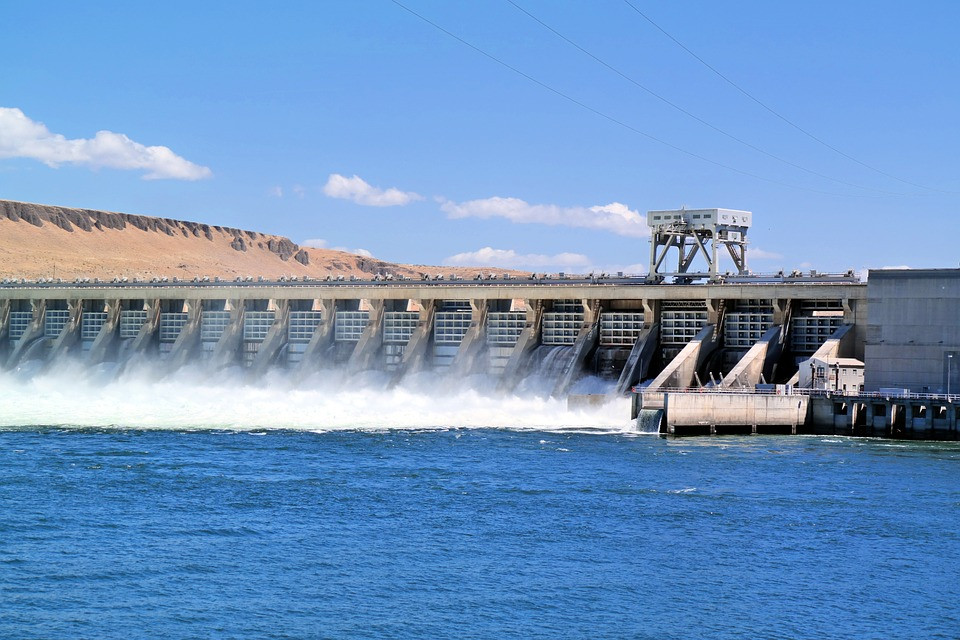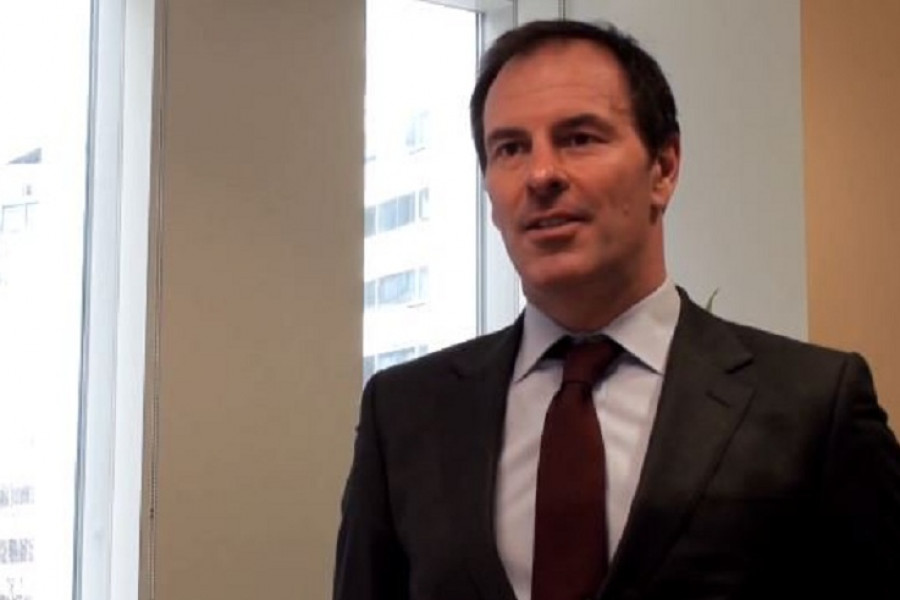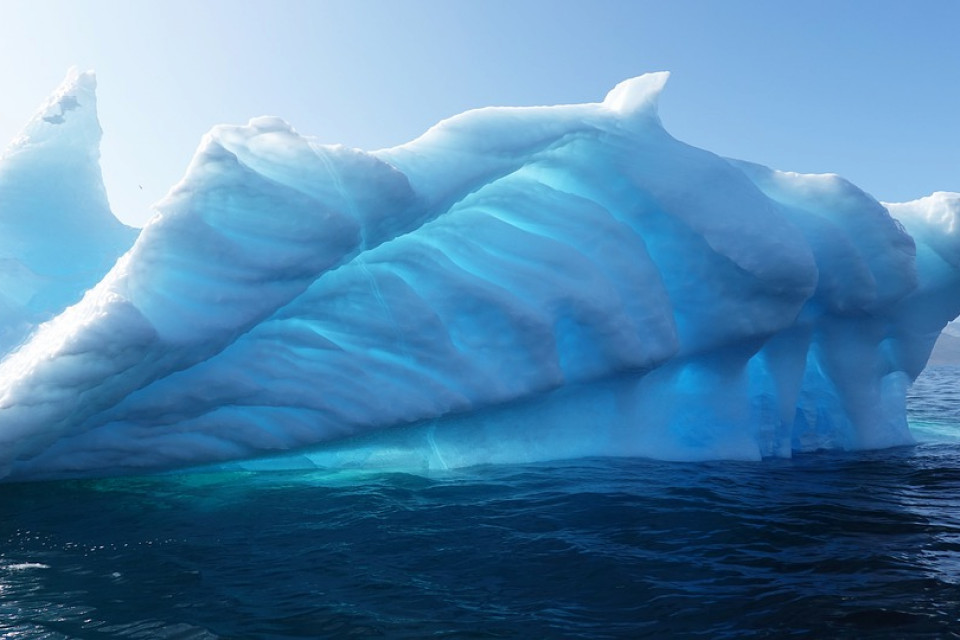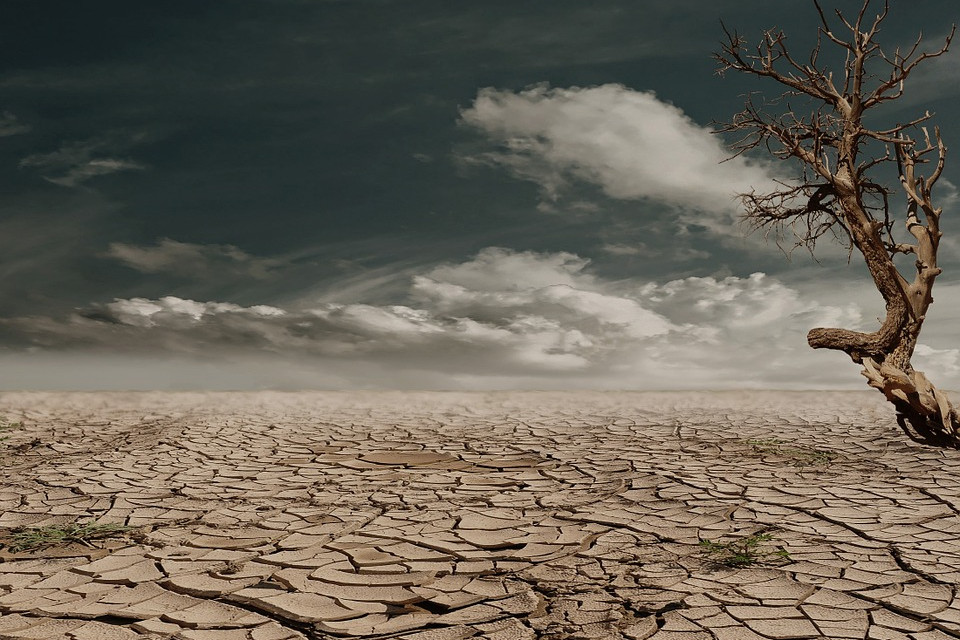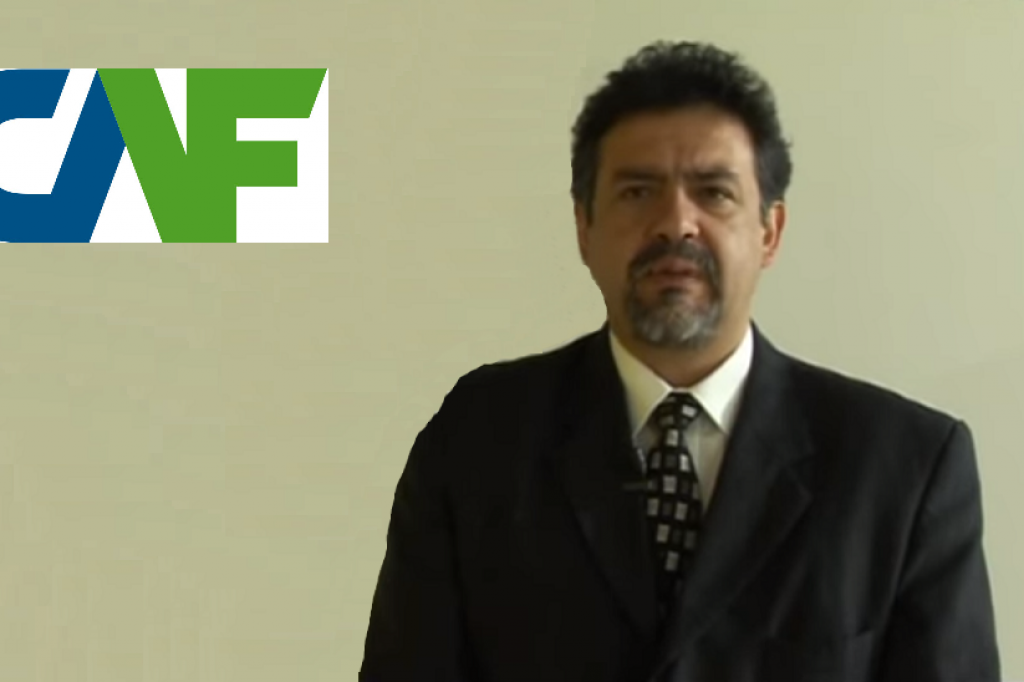Richard Damania: “If we don't take measures, water will be scarce in regions where it is now abundant”
Carmen P. Flores
Richard Damania is a senior economic advisor to the World Bank. He is the world's leading economist in water practice at the World Bank. He directs the practical side of in analytical, advisory and operational work related to the role of water and the economy. Before joining the World Bank, he was Professor of Economics at the University of Adelaide in Australia. He has published extensively with more than 100 articles covering topics ranging from Natural Resources, the Economics of Infrastructure, Climate Change and Regulatory Economics.
What does the World Bank's report "High and Dry" tell us?
That water scarcity, exacerbated by climate change, could cost some regions up to 6% of their GDP, spur migration, and spark conflict. The combined effects of growing populations, rising incomes, and expanding cities will see demand for water rising exponentially, while supply becomes more erratic and uncertain.
Unless action is taken soon, water will become scarce in regions where it is currently abundant - such as Central Africa and East Asia - and scarcity will greatly worsen in regions where water is already in short supply - such as the Middle East and the Sahel in Africa. These regions could see their growth decline by as much as 6% of GDP by 2050 due to water-related impacts on agriculture, health, and incomes.
How could the negative impact of climate change on water be neutralized?
Successful adaptation will require scaled-up investments in healthy watersheds and water infrastructure, dramatic improvements in efficiency of water use, and the integration of new climate risks, such as floods and droughts, at every level of planning and operation.
What policies should be applied to use water better?
When it comes to agriculture, the right economic signals are needed to control demand for water by incentivizing and encouraging farmers to cultivate less thirsty crops in water-scarce regions. For example, instead of subsidizing key inputs such as water, which encourages farmers to grow produce like rice and cotton in water-scarce areas, farmers can grow drought-resistant crops, which means that when a drought inevitably hits, the farmers are more resilient.
In cities, improved urban water supply infrastructure and better regulated water utilities can increase resilience and lead to better access to reliable and safe water for both formal and informal firms in cities. This means plugging leaks and pricing water right, so it is not wasted, and possibly subsidizing water for the poorest consumers.
What should governments do in the face of water scarcity?
Improved water stewardship pays high economic dividends. When governments respond to water shortages by boosting efficiency and allocating even 25% of water to more highly-valued uses, such as more efficient agricultural practices, losses associated with scarcity decline dramatically and for some regions may even vanish.
In the world’s extremely dry regions, more far-reaching policies are needed to avoid inefficient water use. Tougher policies and reforms are needed to cope with deepening climate stresses.
What investment policies should governments follow?
It is increasingly important that we treat water like the valuable, exhaustible, and degradable resource that it is. This sea change will require a portfolio of policies that acknowledge the economic incentives involved in managing water from its source, to the tap, and back to its source..
What role can private investments in infrastructure play / Is public-private collaboration good for improving water infrastructure?
Whether publicly or privately managed, it is critical that water and sanitation services maintain transparency, accountability as well as social, environmental and financial sustainability. Client governments decide what type and model of water and sanitation service provision is most appropriate to their circumstances.
What role does sanitation play as a factor in improving water quality for human consumption?
As countries grow and develop, the cocktail of chemicals and vectors that they must contend with changes. Pollutants of poverty dominate poor countries with limited sanitation infrastructure and unimproved water sources and include fecal coliform, unmanaged geogenic pollutants, and general trash that clogs waterways. It is well known that sanitation carries large health burdens so this is a priority at the early stages of development.
How is the current situation in Latin America? Is Chile at the forefront of sanitation and water treatment?
You can find data about Latin America in the graphic here: https://www.worldbank.org/en/topic/water/publication/wash-poverty-diagnostic
What are the challenges facing water scarcity in the coming years?
The 21st century has been witnesses the collision of two powerful trends: the increase in human populations along with a changing climate. With population growth, the demand for water grows exponentially while climate change makes rain more erratic and less predictable.
What role does water play in the economy?
Economic growth is a "thirsty business." Water is a vital input to production, so the decrease in water supply translates into slower growth. Ensuring a constant and sufficient water supply under increasing scarcity is essential to achieve global poverty alleviation.



